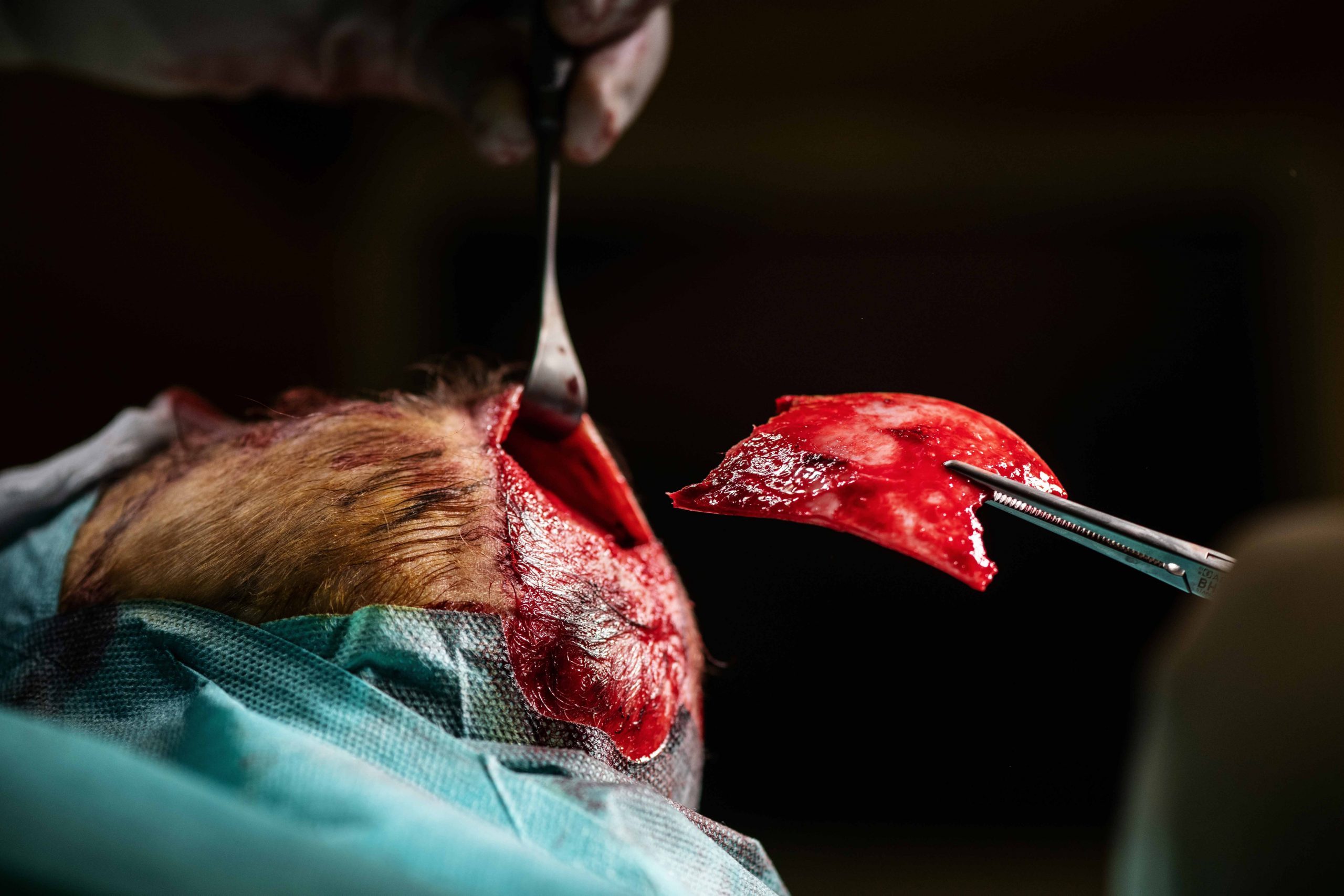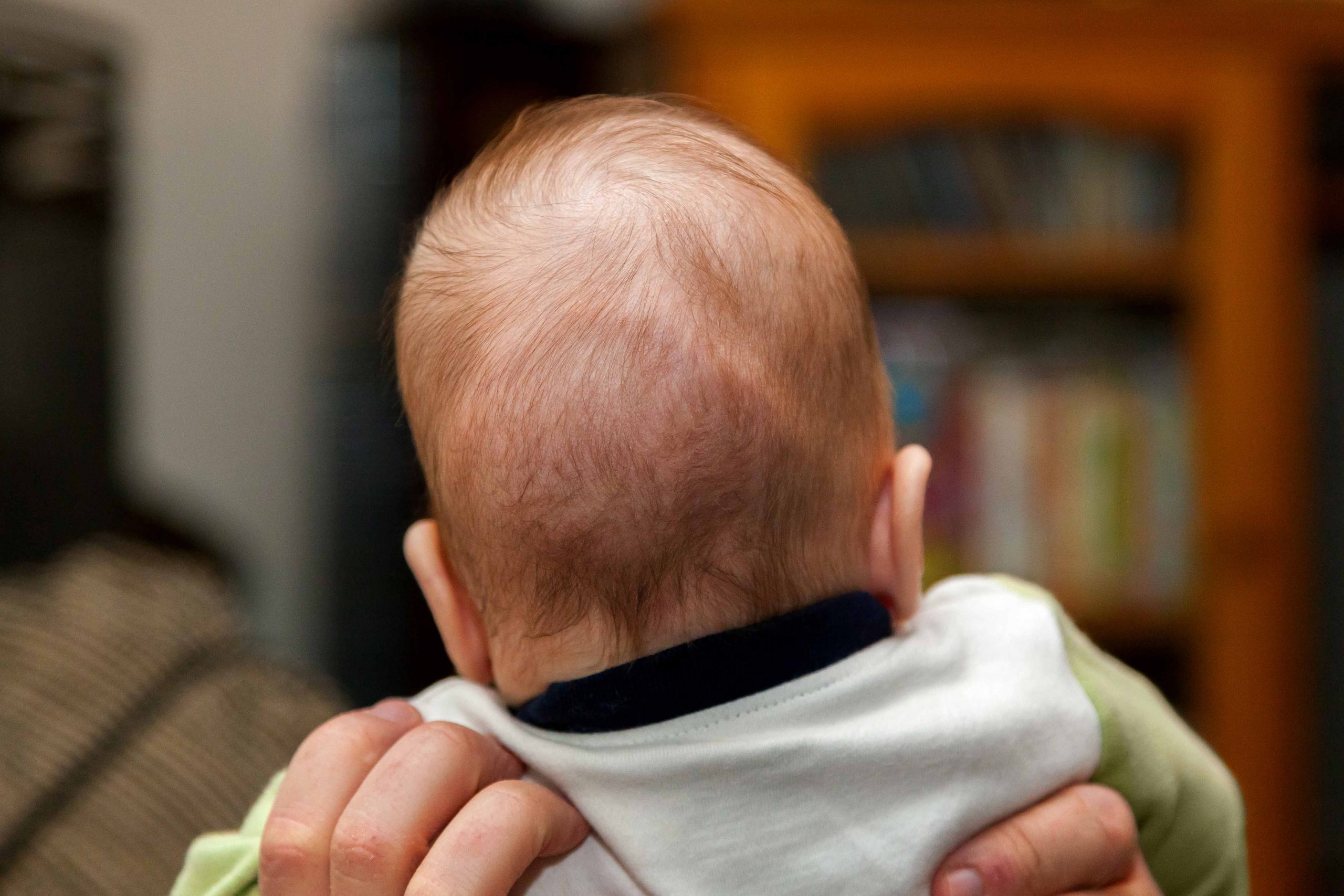How Craniosynostosis Surgery Can Ensure A Better Life For Your Child
The skull of a newborn consists of various plates of soft bones. These bones are mobile and allow passage through the birth canal at the time of birth. As the baby grows, the bones eventually fuse together. However, in Craniosynostosis, the skull bones of the infant fuse way too early and that can restrict the growth of the brain resulting in an abnormal shape of the head. This condition is often diagnosed at a very young age and craniosynostosis surgery is a recommended option by surgeons in any such case.

Who will be an Ideal candidate for the procedure?
An ideal candidate for the procedure would be:
• Any child with a fused skull
• Young infants. Nearly all procedures for the craniosynostosis surgery are possible only when the child is at least 3-4 months of age or before the child becomes an year old
Find a Plastic Surgeon in Your Area
Find Top Surgeons in India by Procedure
Find the Cost of a Procedure
Children suffering from this condition need additional care as they may have other severe medical issues as well, like heart ailments. An experienced plastic surgeon is the best to decide for surgery in such cases. He would also determine the kind of surgical procedures that can be suitable for the child.
What conditions can the craniosynostosis surgery treat?
The surgery can prove beneficial in certain instances like:
• Abnormal skull shapes as a resultant of early suture fusion
• Several issues with the eye because of suture fusion
• ICP or raised intracranial pressure caused due to the restriction of skull growth
Diagnosis of craniosynostosis
A plastic surgeon or a pediatric neurosurgeon can help diagnose craniosynostosis condition, which can include below procedures:
Physical examination: The surgeon would look for facial deformities and feel the shape of your baby’s head for abnormalities like suture ridges.
Genetic testing: Only done in cases where the doctor suspects an underlying genetic syndrome to help identify the cause.
Imaging Studies: A CT scan of the baby’s skull would help identify any fused sutures. If there is any, they will become invisible or are identifiable by the suture line ridge. Photographs and laser scans are ideal to use for the accurate measurements of the shape of the skull.
Treatment for craniosynostosis
Situations where the craniosynostosis is mild, a surgery is generally not on the cards. The surgeon however might recommend a specially molded helmet that would help in reshaping your baby’s head if the shape is a bit abnormal. The helmet can help correct the skull’s shape and assist the brain growth of the child. However, in majority of the cases, surgery is the primary treatment and the kind of surgery would depend on the type of craniosynostosis.
The craniosynostosis Surgery procedure
A team of specialist surgeons having expertise in head, face and brain surgery is the best to perform Craniosynostosis surgery. It could be an open surgery or an endoscopic surgery depending on the patient’s condition. Both produce excellent cosmetic results with very low risk of complications.
Endoscopic surgery
This minimally invasive surgery is usually feasible for babies who have single-suture craniosynostosis and are up to six months of age. The surgeon inserts a camera, also known as an endoscope and a lighted tube through minor scalp incision. The expert then opens up the suture to allow the baby’s brain to develop normally. As comparison to an open surgery, the endoscopic surgery involves only a night’s stay in the hospital and has a smaller incision. After the surgery, your child would require to wear a cranial orthotic helmet for some time to help mold the head into a normal shape as it grows.
Open Surgery
This surgery is suitable for babies who are generally older than six months. The surgeon creates an incision in the scalp and the cranial bones. Next, he proceeds to reshape the skull’s affected portion. The position of the skull is held in place with absorbable screws and plates. Being a complex procedure, it typically involves the patient to stay in the hospital for about three to four days. Usually, blood transfusion is also necessary. It is a one-time procedure, however, in complicated cases; several open-surgeries might be required to correct the shape of the baby’s head.

How to prepare for the surgery?
Learning that the baby may require craniosynostosis surgery can tend the parents to experience various emotions. As a parent, you might be unaware or perplexed on what to expect. Expressing concerns about your child’s well-being is obvious. You can consider following points to help prepare yourself and your baby:
• Find a team of trusted professionals who can help evaluate options and provide efficient treatment
• Seek out other families who have dealt with similar challenges and can provide emotional support
• Ask questions to clear any doubts you may have regarding the craniosynostosis surgery
Takeaway
Any child can develop craniosynostosis, whether newly born or even more then 6 months old. Early diagnosis and efficient treatment would ensure that your child has a bright future. Most children after the craniosynostosis surgery achieve excellent cosmetic results and have normal cognitive development. Sensing the age of the patient and the extent of precision required in the surgery, only a knowledgeable and experienced surgeon must perform the procedure.


